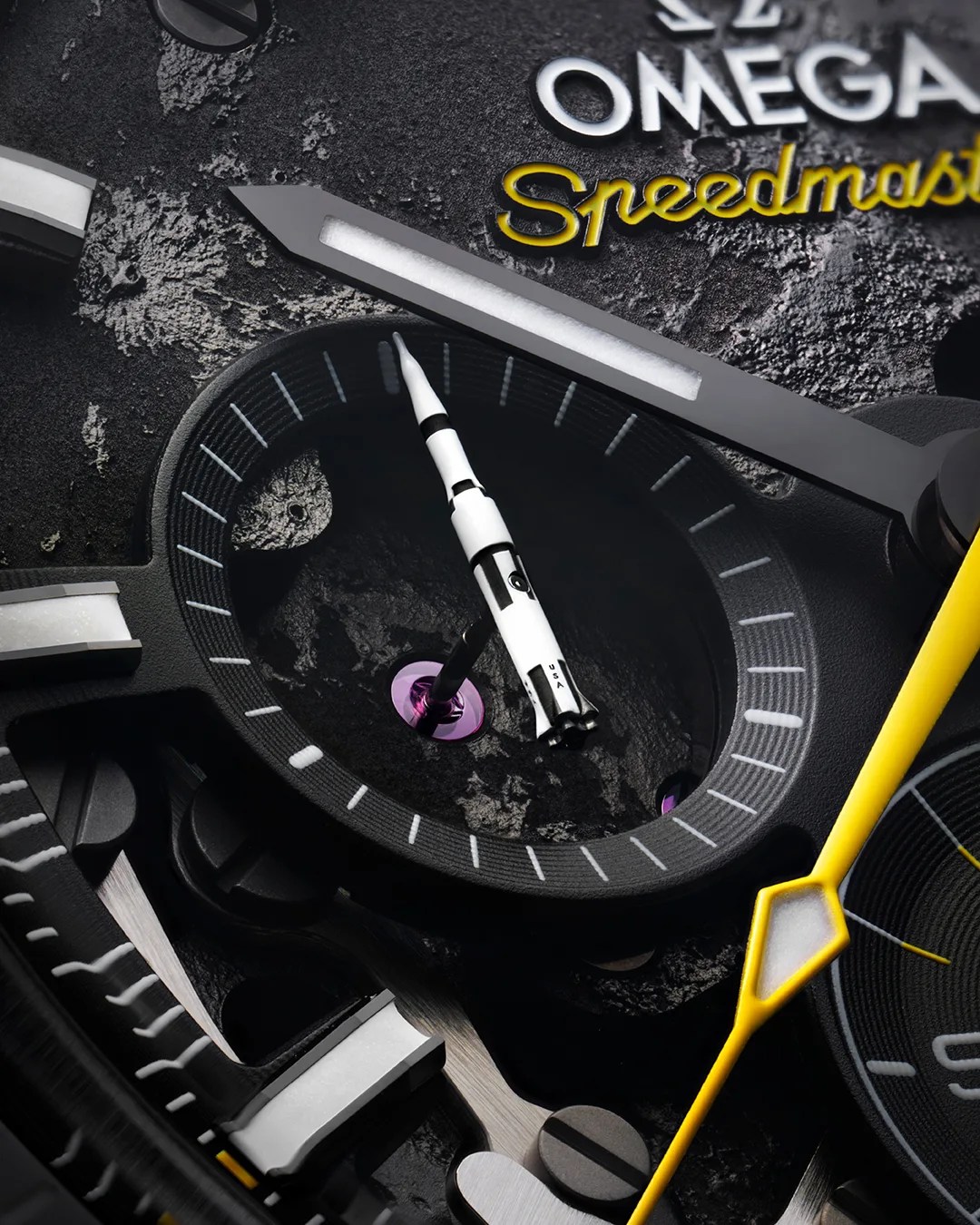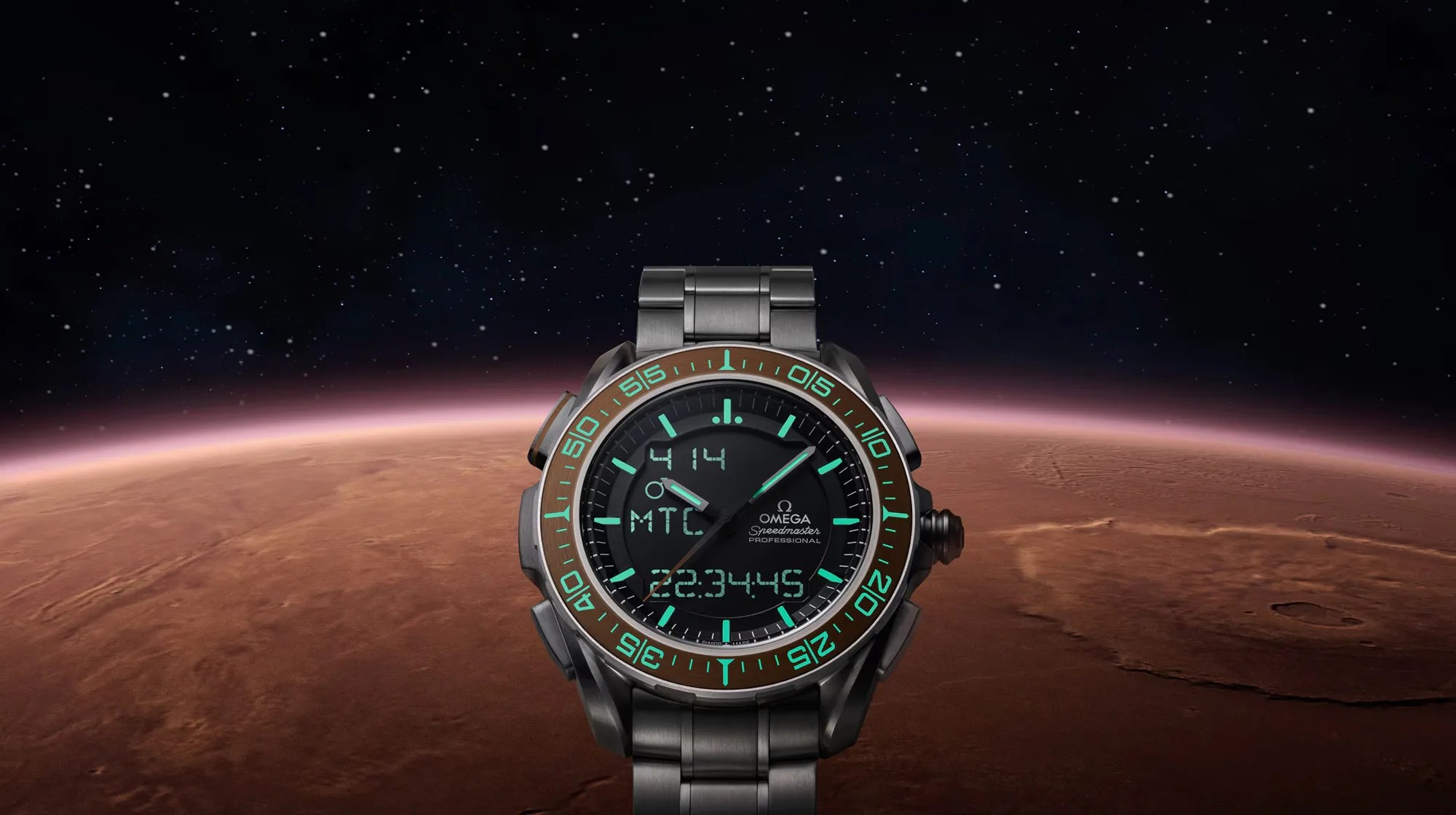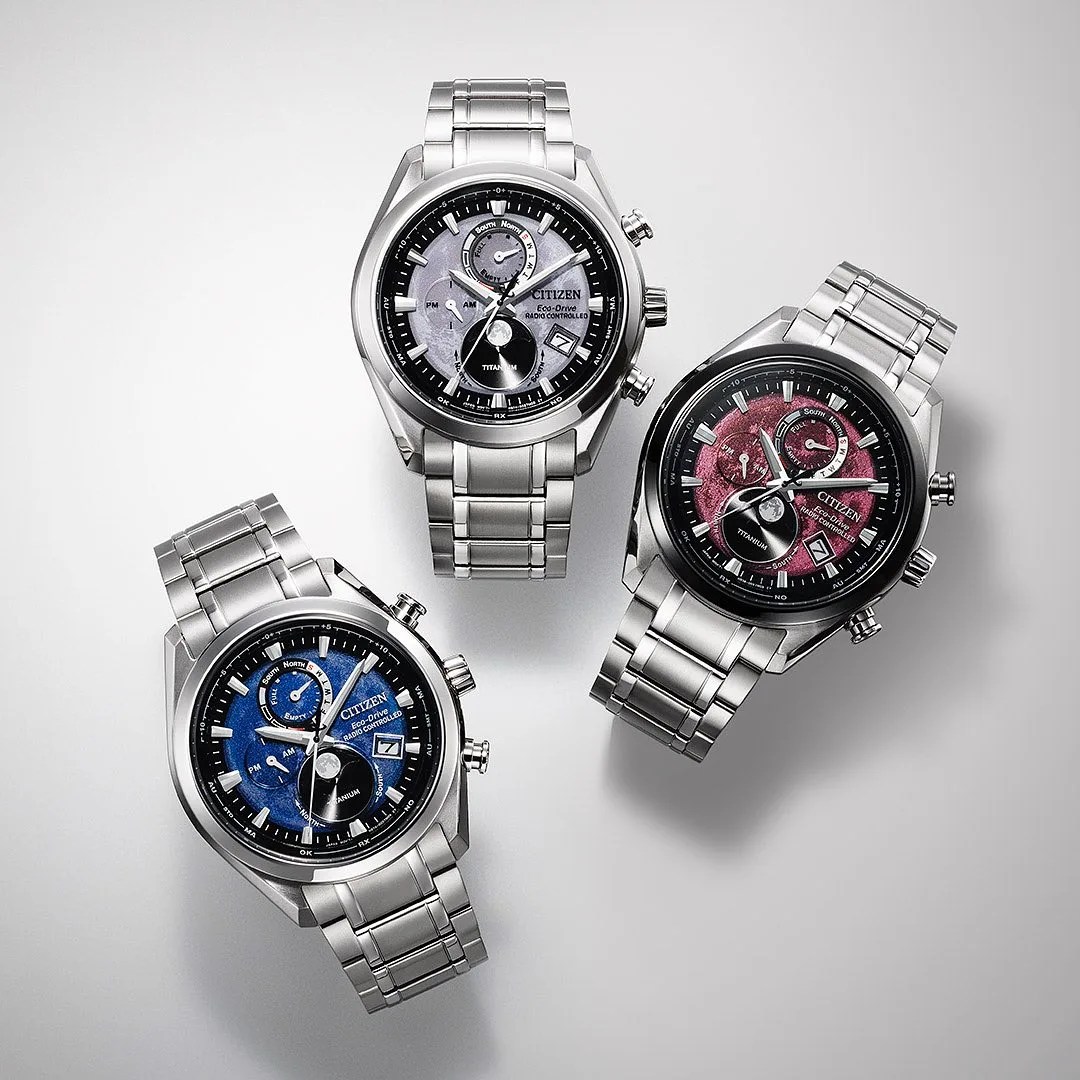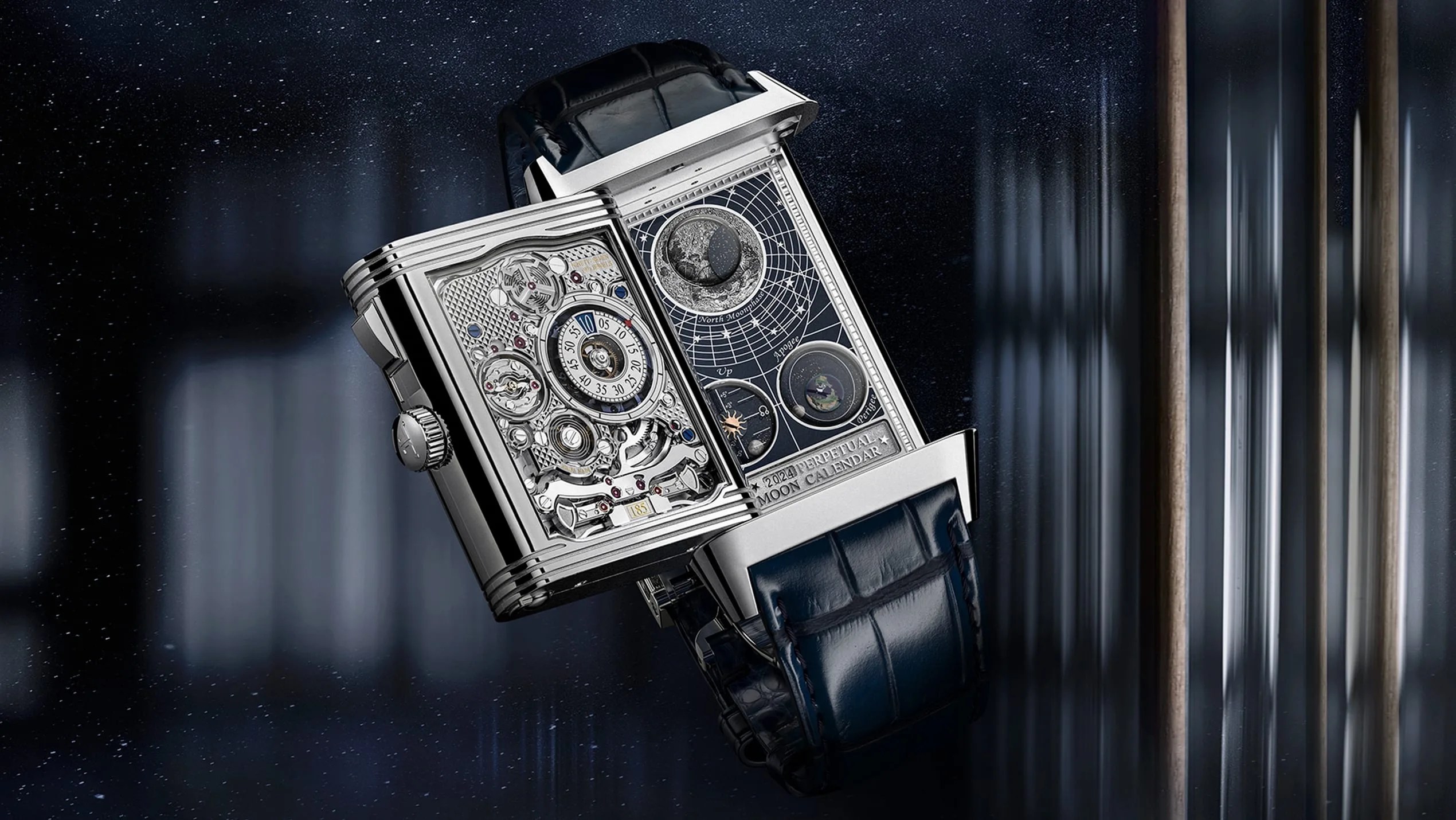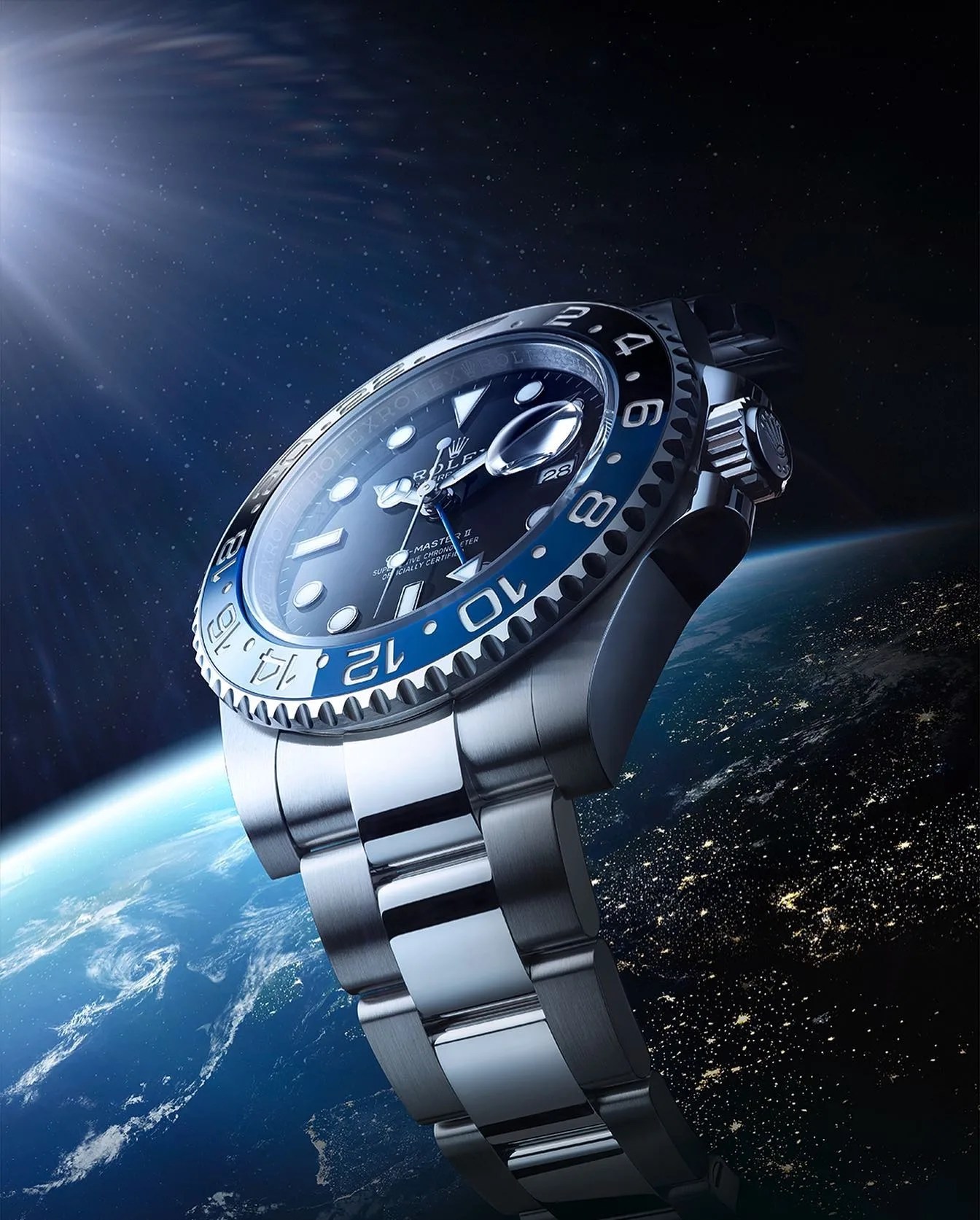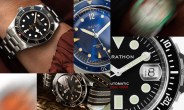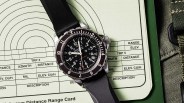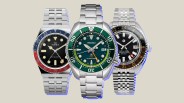It was just this week that Swiss luxury brand Bovet accomplished what had been the last major challenge of mechanical timekeeping by creating a worldtimer that could automatically account for Daylight Saving Time. But before the dust has even settled from that impressive achievement, it appears as if a new time zone challenge is on the horizon for the world’s top watchmakers.
With moon missions ramping up for the first time in 50 years, the White House has tasked NASA with creating a standard of time for the moon and other celestial bodies by the end of 2026, according to a new report from Reuters. The system will be known as Coordinated Lunar Time (LTC), an outer space equivalent to the Coordinated Universal Time (UTC) network of time zones we use here on Earth.
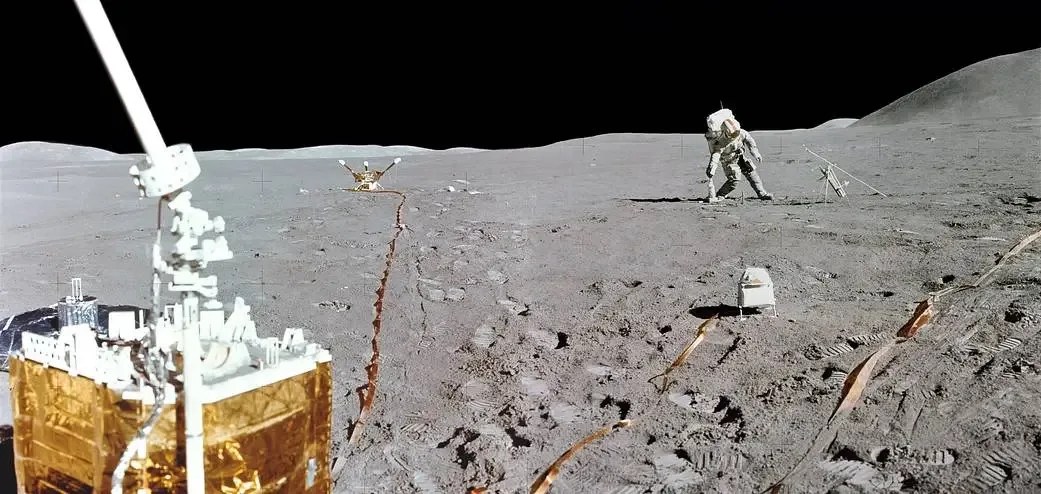
Due to gravitational differences and other environmental factors, time works differently on the moon than on Earth, with the difference averaging out to about 58.7 microseconds per day. That doesn’t sound like much, but space missions require perfect precision, and the LTC will help ensure that future coordinated missions on the moon run smoothly by keeping everyone involved in sync.
This will likely require setting up a system of atomic clocks on the moon like we have on Earth, but I’m mostly interested in how LTC will be tracked here on our planet. Specifically, from my wrist.
We don’t yet know what LTC will look like, how many time zones it will include or how it will function. But once those details emerge, I’m betting a number of watch brands will start figuring out a way to track LTC accurately. Watch brands love being the first to do something, whether it’s landing on the moon, reaching the bottom of the ocean or scaling Mount Everest, and creating the first Lunar GMT seems like catnip for certain brands.
But which brand will be the first to do it? Here is the shortlist of Vegas favorites.
